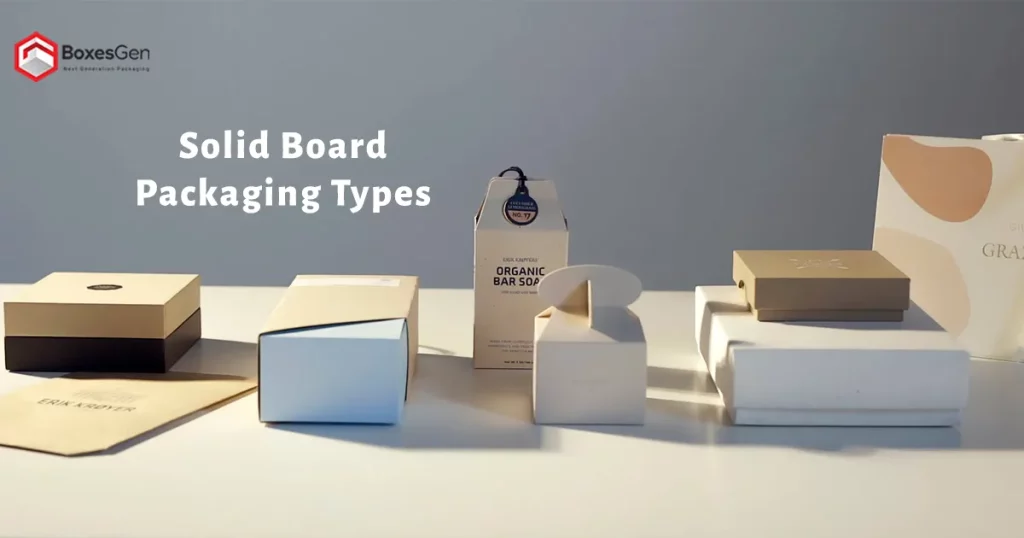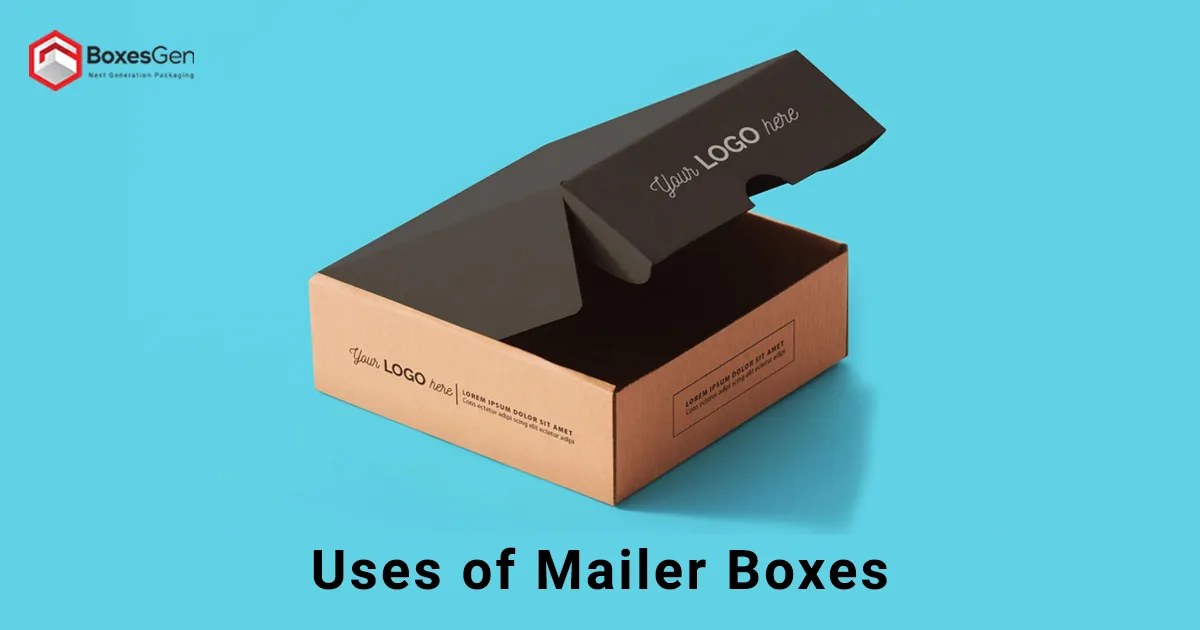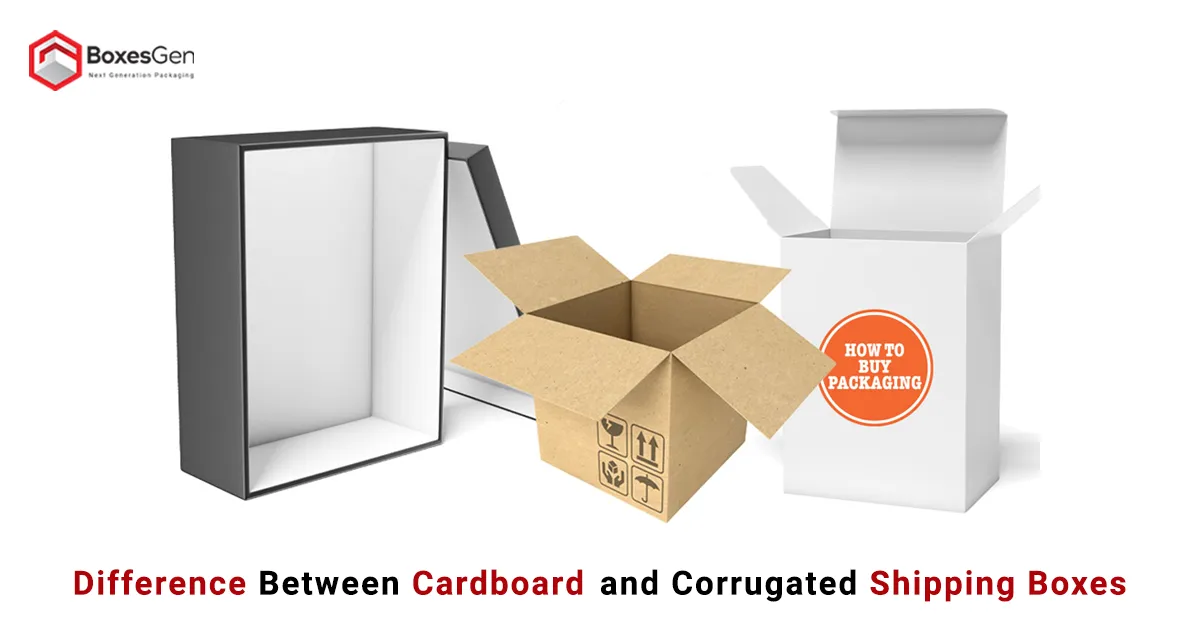Solid Board Packaging Types
Solid board packaging stands as a cornerstone in the world of Packaging Solutions, revered for its resilience, adaptability, and eco-friendly credentials. This comprehensive guide delves into various types of solid board packaging, exploring their distinct characteristics, applications, and advantages, catering to diverse industry needs and consumer demands.
Corrugated Cardboard
Corrugated cardboard reigns supreme as the quintessential Packaging Material, renowned for its exceptional strength-to-weight ratio and cushioning properties. Comprising a fluted inner layer nestled between two linerboards, this construction provides matchless protection against impacts, making it the go-to choice for shipping fragile items across the globe. From e-commerce giants to local vendors, corrugated cardboard boxes serve as the backbone of modern packaging operations, ensuring products reach their destination unscathed.
Standard Corrugated Cardboard Dimensions
Inches: 12 x 12 x 12 inches
Centimeters: 30.48 x 30.48 x 30.48 cm
Millimeters: 304.8 x 304.8 x 304.8 mm
Paperboard
Paperboard emerges as a lightweight yet resilient contender in solid board packaging. With its versatility in thickness and surface finishes, paperboard finds application in an extensive array of products, ranging from Cereal Boxes to Pharmaceutical Packaging. Its inherent printability enables vibrant branding and product messaging, increasing shelf appeal and consumer engagement. Furthermore, advancements in paperboard technology have facilitated the development of eco-friendly variants, aligning with the sustainability aspirations of conscientious consumers and businesses alike.
Standard Paperboard Dimensions
Inches: 8.5 x 11 x 0.02 inches (for letter-size paperboard)
Centimeters: 21.59 x 27.94 x 0.05 cm
Millimeters: 215.9 x 279.4 x 0.508 mm
Chipboard
Chipboard stands as a testament to the transformative power of recycling in the packaging industry. Crafted from recycled paper fibers, chipboard embodies sustainability at its core, offering a cost-effective solution for packaging challenges. Whether utilized in shoe boxes, notepads, or partitioning within packaging, chipboard’s versatility and eco-friendly attributes make it a preferred choice for businesses striving to minimize their environmental footprint without compromising on quality.
Standard Chipboard Dimensions
Inches: 8.5 x 11 x 0.06 inches (for medium-weight chipboard)
Centimeters: 21.59 x 27.94 x 0.15 cm
Millimeters: 215.9 x 279.4 x 1.524 mm
Coated Recycled Paperboard
Coated recycled paperboard emerges as a beacon of sustainability, seamlessly merging environmental stewardship with aesthetic appeal. By applying a sleek coating to recycled paperboard, manufacturers raise its visual allure, making it an ideal candidate for premium Food Packaging, cosmetic boxes, and Luxury Gift Boxes. This amalgamation of sustainability and style resonates with discerning consumers seeking products that reflect their values while indulging their senses.
Standard Coated Recycled Paperboard Dimensions
Inches: 6 x 6 x 2 inches (for small product packaging)
Centimeters: 15.24 x 15.24 x 5.08 cm
Millimeters: 152.4 x 152.4 x 50.8 mm
Coated Unbleached Kraft
Coated unbleached Kraft board exudes an aura of natural elegance, embodying simplicity and sophistication in packaging design. Its unadulterated appearance, coupled with robust durability and resistance to moisture, renders it a favored choice for brands aiming to convey authenticity and reliability. From eco-friendly food packaging to artisanal Product Boxes, coated unbleached Kraft board offers a space for storytelling, allowing brands to forge emotional connections with consumers through packaging that speaks volumes.
Standard Coated Unbleached Kraft Dimensions
Inches: 9 x 6 x 3 inches (for versatile packaging)
Centimeters: 22.86 x 15.24 x 7.62 cm
Millimeters: 228.6 x 152.4 x 76.2 mm
Folding Boxboard
Folding boxboard emerges as a testament of versatility and practicality in custom packaging solutions. Characterized by its ease of creasing and folding, this material finds favor in industries requiring compact yet resilient packaging, such as pharmaceuticals, cosmetics, and confectionery. Its printability facilitates intricate branding and product information, enabling brands to communicate their narrative effectively while ensuring product integrity throughout the supply chain.
Standard Folding Boxboard Dimensions
Inches: 10 x 8 x 4 inches (for small to medium-sized products)
Centimeters: 25.4 x 20.32 x 10.16 cm
Millimeters: 254 x 203.2 x 101.6 mm
Rigid Boxes
Rigid Boxes symbolize luxury and sophistication in packaging design. Crafted from sturdy materials and adorned with Premium Finishes and embellishments, these premium packaging solutions cater to the discerning tastes of luxury brands and high-end products. From electronics to jewelry and perfumes, rigid boxes boost the unboxing experience, leaving a lasting impression on consumers and reinforcing brand prestige.
Standard Rigid Box Dimensions
Inches: 9 x 6 x 3 inches (for luxury product packaging)
Centimeters: 22.86 x 15.24 x 7.62 cm
Millimeters: 228.6 x 152.4 x 76.2 mm
Double Walled Board
Double walled board represents the essence of protection, boasting two layers of fluted cardboard sandwiched between three layers of linerboard. This layered construction provides unparalleled strength and cushioning, making it an indispensable choice for packaging heavy or fragile items requiring utmost security during transit. From industrial equipment to delicate glassware, double walled board ensures products reach their destination unscathed, instilling confidence in both manufacturers and consumers alike.
Standard Double Walled Board Dimensions
Inches: 12 x 12 x 12 inches (for heavy or fragile items)
Centimeters: 30.48 x 30.48 x 30.48 cm
Millimeters: 304.8 x 304.8 x 304.8 mm
Slotted Boxes
Slotted boxes, also known as regular slotted containers (RSC), emerge as streamlined solutions for the myriad challenges associated with shipping logistics. Featuring flaps that can be effortlessly folded and sealed, these Custom Packaging Boxes provide a secure enclosure for various products, protecting them against the rigors of transit. Widely embraced by manufacturers and distributors across industries, slotted boxes symbolize efficiency and reliability in packaging, ensuring products reach their destination intact and on schedule.
Standard Slotted Box Dimensions
Inches: 12 x 9 x 4 inches (for general shipping purposes)
Centimeters: 30.48 x 22.86 x 10.16 cm
Millimeters: 304.8 x 228.6 x 101.6 mm
Conclusion
Solid board packaging encompasses a diverse array of materials tailored to meet the multifaceted needs of modern businesses and consumers. From the robust resilience of corrugated cardboard to the luxurious elegance of rigid boxes, each type of solid board packaging offers a unique blend of functionality, sustainability, and aesthetic appeal. By leveraging the inherent strengths of these materials, businesses can improve their packaging strategies, fostering brand loyalty and consumer trust in an increasingly competitive marketplace.
Frequently Asked Questions
What type of board is used for packaging?
Various types of boards are used for packaging, including corrugated cardboard, paperboard, chipboard, and folding boxboard, each offering unique properties suited to different packaging needs.
What is solid board packaging?
Solid board packaging refers to packaging materials made from a single layer or multiple layers of paperboard or cardboard, providing strength, durability, and protection for various products during storage and transportation.
What is the difference between CRB and SBS?
CRB (Coated Recycled Board) is made from recycled fibers and coated for greater durability and printability, while SBS (Solid Bleached Sulfate) is made from virgin wood pulp and has a bleached surface, offering higher stiffness and brightness.
What is the difference between carton board and solid board?
Carton board is a type of solid board specifically used for folding cartons and packaging boxes, whereas solid board encompasses a broader range of packaging materials, including thicker boards used for rigid boxes and partitions.
What are the 4 types of materials that used in packaging?
The four main Types of Materials used in packaging are paperboard, plastic, metal, and glass, each offering unique characteristics suited to different packaging requirements and product types.
What is MDF packaging?
MDF (Medium Density Fiberboard) is a composite wood product often used for packaging due to its durability and uniform density. It’s commonly used for crates, pallets, and internal packaging components.
What GSM is packaging?
GSM (Grams per Square Meter) is a measure of the weight or thickness of paperboard or cardboard used in packaging. Common GSM ranges for packaging materials vary depending on the specific application and requirements.
What is the difference between FBB and SBS board?
FBB (Folding Boxboard) is a type of paperboard specifically designed for folding cartons and packaging boxes, while SBS (Solid Bleached Sulfate) board is a broader category of paperboard known for its stiffness and whiteness.
What is a GC1 board?
GC1 board is a type of paperboard with a clay-coated surface on one side and uncoated on the other. It’s commonly used for packaging applications where printability and stiffness are essential.
How many types of packaging boxes are there?
There are numerous Types of Packaging Boxes, including folding cartons, rigid boxes, corrugated boxes, and slotted boxes, each designed to accommodate specific products and logistical requirements.
What is solid bleached sulfate board?
Solid Bleached Sulfate (SBS) board is a premium grade of paperboard made from virgin wood pulp and features a bleached surface, offering high brightness, stiffness, and printability, commonly used for high-end packaging applications.
What is an example of paperboard packaging?
Cereal boxes, pharmaceutical blister packs, and cosmetic containers are examples of paperboard packaging. They offer a combination of printability, stiffness, and protection, making them suitable for various consumer products.
What is cardboard packaging?
Cardboard Packaging refers to packaging materials made from heavy-duty paperboard, typically used for shipping boxes, cartons, and packaging inserts to protect products during transportation and handling.
What is used for packaging material?
Packaging materials vary widely and can include paperboard, plastic, metal, glass, and wood, chosen based on factors such as product fragility, shelf life, environmental considerations, and transportation requirements.
What is CRB paperboard?
CRB (Coated Recycled Board) paperboard is made from recycled paper fibers and coated with a thin layer for improved durability and printability. It’s commonly used for packaging applications where sustainability is a priority.
What is GD2 board?
GD2 (Greyboard Duplex) board is a Type of Paperboard made from recycled fibers and features a gray backing layer, offering stiffness and resilience. It’s often used for applications requiring moderate protection and structural support.
What is packaging in PCB?
PCB (Printed Circuit Board) packaging refers to the protective materials used to encase and safeguard electronic circuit boards during transportation and handling, ensuring they remain intact and functional upon arrival.
What is FBB paperboard?
FBB (Folding Boxboard) paperboard is a type of solid board specifically designed for folding cartons and packaging boxes. It offers excellent printability, stiffness, and surface smoothness, making it ideal for high-quality packaging applications.
Is paperboard good for packaging?
Yes, paperboard is widely regarded as an excellent packaging material due to its versatility, printability, and sustainability. It provides adequate protection for a wide range of products while offering opportunities for branding and customization.
What is an example of a paperboard?
Examples of paperboard include cereal boxes, Shoeboxes, pharmaceutical packaging, and cosmetic containers. These packaging solutions leverage the stiffness and printability of paperboard to protect and promote various consumer products.








